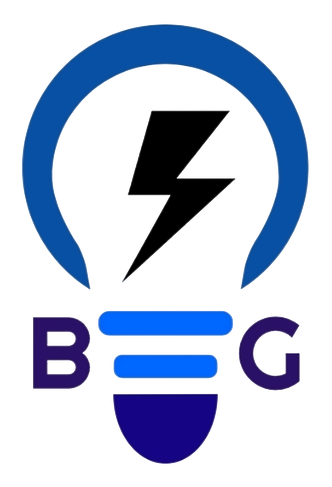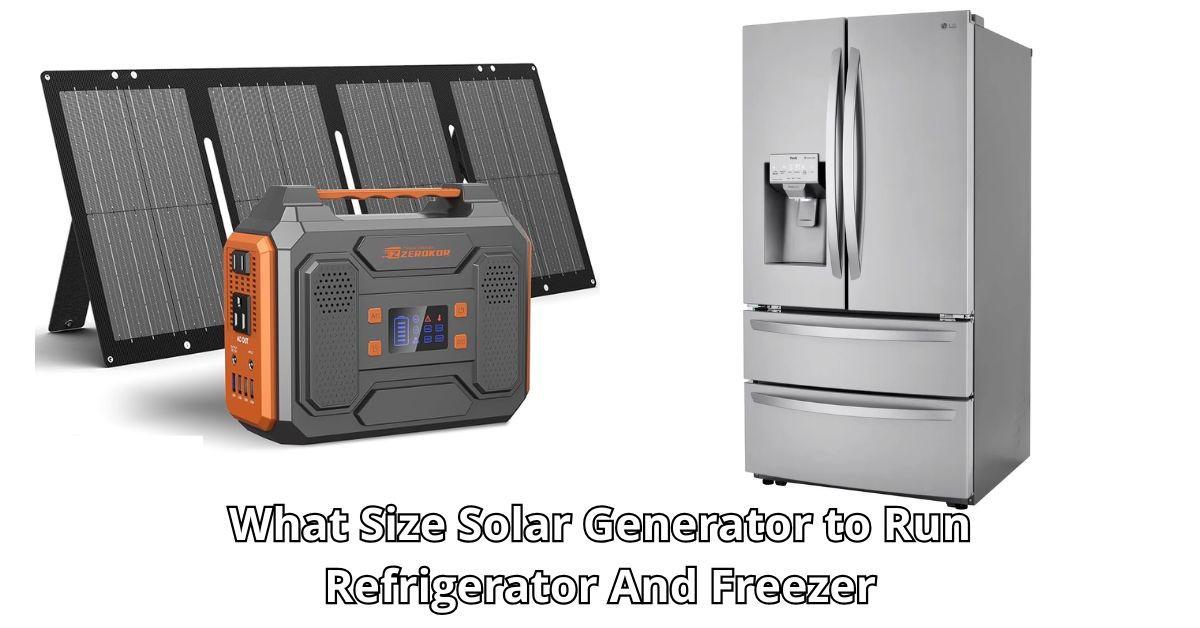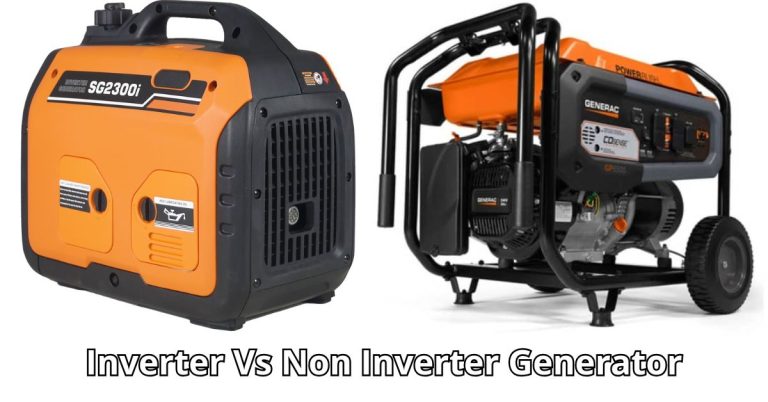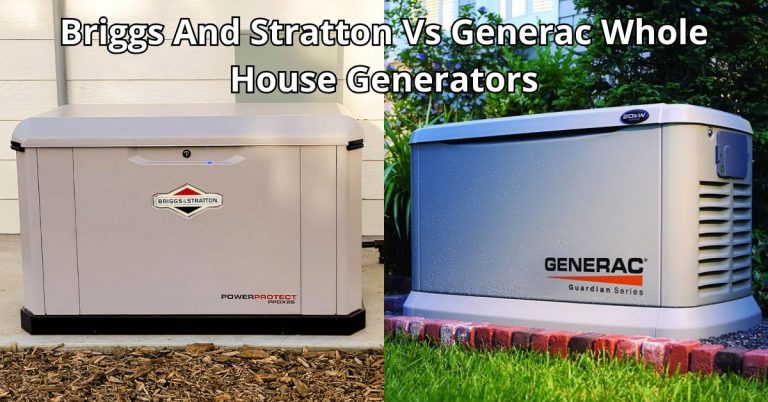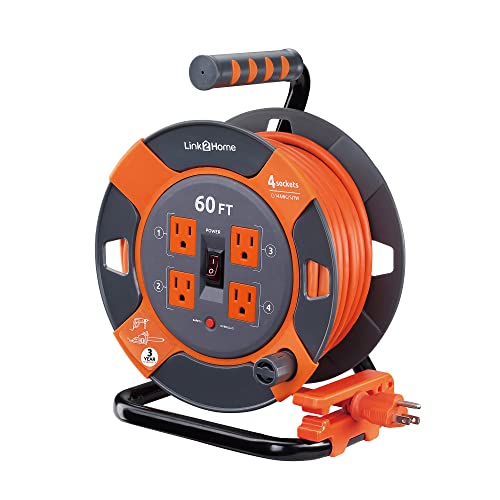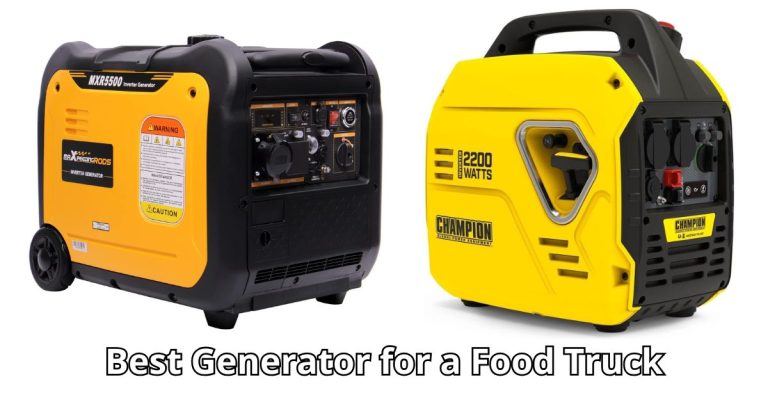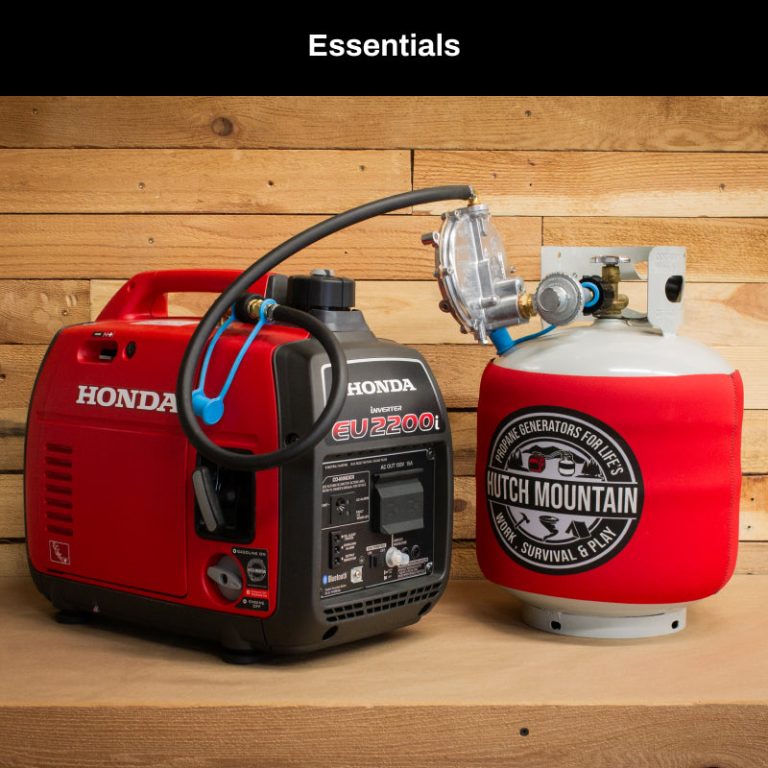What Size Solar Generator to Run Refrigerator And Freezer: Expert Guide
To run a refrigerator and freezer, you need a solar generator of the right size. This ensures your appliances work efficiently and consistently without interruption.
Solar generators have gained popularity for their eco-friendly power solutions. But figuring out the right size to run essential appliances like refrigerators and freezers can be tricky. Understanding the power requirements of these appliances and matching them with a suitable solar generator is crucial.
This guide will help you determine the correct size for a solar generator to keep your refrigerator and freezer running smoothly. We will break down the key factors, making it easier for you to make an informed decision. Get ready to power your essentials with confidence and sustainability.

Credit: us.oukitel.com
Introduction To Solar Generators
Solar generators are becoming more popular for powering essential home appliances. They offer a clean and reliable energy source. But how do they work? What makes them beneficial? Let’s dive into the basics of solar generators.
What Is A Solar Generator?
A solar generator uses solar panels to capture sunlight. It then converts this sunlight into electricity. This electricity charges a battery inside the generator. You can use this stored energy to power various devices. It’s portable and easy to use.
Benefits Of Solar Generators
Solar generators provide many advantages. First, they are eco-friendly. They produce no harmful emissions. This helps to reduce your carbon footprint.
Second, they are quiet. Unlike traditional generators, they make little noise. This makes them perfect for both indoor and outdoor use.
Third, they are cost-effective. After the initial purchase, there are no fuel costs. Sunlight is free. This can save you money over time.
Lastly, they offer energy independence. You don’t rely on the grid. During power outages, you still have electricity. This is especially useful for running essential appliances like refrigerators and freezers.
Understanding Power Requirements
Choosing the right size solar generator for a refrigerator and freezer involves understanding power requirements. Calculate the total wattage needed and select a generator that meets or exceeds this demand. This ensures efficient operation and prevents power shortages.
Understanding the power requirements for running a refrigerator and freezer with a solar generator is crucial. Knowing how much power your appliances need helps you choose the right generator size. This ensures your food stays cold and fresh, even in power outages.
Calculating Wattage Needs
First, find the wattage of your refrigerator and freezer. This information is usually on a label inside the appliance. If not, check the user manual.
Once you have the wattage, multiply it by the number of hours the appliance runs daily. This gives you the daily watt-hour requirement. For example, if your refrigerator uses 150 watts and runs 8 hours a day, it needs 1200 watt-hours daily.
Refrigerator And Freezer Power Consumption
Refrigerators and freezers have different power consumption rates. Newer models are more energy-efficient. For instance, a modern refrigerator might use 100-200 watts per hour. Freezers can vary, usually consuming between 100 and 300 watts per hour.
Older models typically use more power. Always check the specific wattage of your appliances. This helps in accurate calculation and better selection of a solar generator.
Choosing the right solar generator involves considering these power requirements. The generator should meet or exceed the total wattage needs of both appliances. This ensures reliable operation and keeps your food safe.
Choosing The Right Solar Generator
Choosing the right solar generator for your refrigerator and freezer can seem tricky. But with the right information, you can make an informed decision. This section will guide you through key features and top models to consider.
Key Features To Consider
First, check the generator’s power capacity. Ensure it matches your refrigerator and freezer’s energy needs. A generator with a higher wattage is ideal. It should run both appliances without issues.
Next, battery type and capacity are crucial. Lithium-ion batteries are efficient and long-lasting. They provide steady power output. The battery capacity should be enough for extended use. Look for generators with larger battery storage.
Portability is another factor. A lightweight and compact generator is easier to move. It allows for flexible placement in your home. Also, consider the number and type of outlets. More outlets mean more devices can connect simultaneously.
Lastly, check the solar panel efficiency. High-efficiency panels charge the generator faster. This ensures your refrigerator and freezer stay powered during outages.
Top Models For Home Use
Several solar generators stand out for home use. The Goal Zero Yeti 3000X is a popular choice. It offers high capacity and multiple outlets. It also has a user-friendly interface.
The Jackery Explorer 2000 is another great option. It features a large battery and efficient solar panels. This model is also portable and easy to use.
The Bluetti AC200P is known for its reliability. It has a robust battery and high power output. This generator is perfect for extended use. Its advanced features ensure smooth operation.
Consider these models based on your needs. Each offers unique benefits for running your refrigerator and freezer.
Battery Capacity And Storage
Understanding battery capacity and storage is crucial for running a refrigerator and freezer with a solar generator. The right battery ensures your appliances stay powered, even when the sun isn’t shining. Let’s dive into the details of battery capacity and storage to help you make an informed decision.
Types Of Batteries
There are different types of batteries used in solar generators. The most common are lead-acid, lithium-ion, and saltwater batteries. Each type has its own advantages and disadvantages.
Lead-acid batteries are the most affordable option. They have a shorter lifespan and require regular maintenance. Lithium-ion batteries are more expensive but last longer and need less upkeep. Saltwater batteries are newer on the market. They are environmentally friendly but less efficient than the other types.
Estimating Battery Size
To estimate the battery size you need, first determine your refrigerator and freezer’s power consumption. Check the appliances’ wattage and calculate the total watt-hours required per day. Multiply the wattage by the hours the appliances run daily.
Next, consider the battery’s depth of discharge (DoD). This is the percentage of the battery you can use without damaging it. For example, if a battery has a 50% DoD, you can use half of its capacity before recharging.
Finally, factor in the number of cloudy days your area experiences. This ensures your battery has enough capacity to keep your appliances running during periods without sunlight. By considering these factors, you can select the right battery size for your solar generator.
Solar Panels And Efficiency
Choosing the right solar panels is crucial for powering your refrigerator and freezer. The efficiency of your solar panels directly impacts their ability to generate power. It ensures your appliances run smoothly, without interruptions. In this section, we will explore how to select the best panels and the optimal placement for maximum efficiency.
Selecting Solar Panels
First, consider the wattage of your solar panels. Higher wattage panels generate more power, which is important for running a refrigerator and freezer. Look for panels with at least 300 watts of power. This ensures they can produce enough electricity. You should also check the efficiency rating. A higher efficiency rating means the panel can convert more sunlight into electricity. Aim for panels with an efficiency rating above 20%.
Durability is another factor to consider. Solar panels are an investment, and you want them to last. Choose panels with a strong warranty. This often indicates a reliable product. Additionally, consider the size and weight of the panels. Make sure they fit within your available space. Lightweight panels are easier to install and handle.
Optimal Panel Placement
Placement of your solar panels is key to maximizing efficiency. Panels should face the direction that receives the most sunlight. In most regions, this means facing south. Ensure there are no obstructions like trees or buildings blocking the sunlight. Even small shadows can significantly reduce panel efficiency.
The angle of your panels also matters. Panels should be tilted at an angle that matches your latitude. This ensures they capture the most sunlight throughout the year. You can use adjustable mounts to change the angle seasonally. This can boost the overall efficiency of your solar system.
Clean your panels regularly. Dust and debris can lower their efficiency. A clean panel generates more power. Inspect them periodically for any damage or wear. Maintaining your panels ensures they perform at their best.

Credit: www.jackery.com
Installation And Setup
Installing and setting up a solar generator to run your refrigerator and freezer might seem daunting. But with a clear plan, it becomes a straightforward task. This guide will help you through the process. From the initial steps to important safety considerations.
Step-by-step Installation
First, choose a suitable location for your solar generator. It should be near the appliances but safe from potential hazards. Ensure there is enough space for ventilation.
Next, connect the solar panels to the solar generator. Most solar generators come with detailed instructions for this. Follow the manufacturer’s guidelines closely. Secure the connections to avoid any loose ends.
Then, connect your refrigerator and freezer to the solar generator. Use the power cords provided. Ensure all connections are tight and secure. Double-check to avoid any loose connections that might cause issues later.
Safety Considerations
Safety is crucial during installation. Always keep your solar generator dry and away from water sources. This prevents electrical hazards and potential damage.
Make sure the solar panels are installed in a stable and secure manner. They should not be at risk of falling or being knocked over. Use proper mounting hardware as recommended by the manufacturer.
Lastly, avoid overloading your solar generator. Check its capacity and ensure it can handle the power needs of both appliances. Overloading can cause the generator to fail or even lead to safety hazards.
Regularly inspect your setup. Look for any signs of wear or damage. Address issues immediately to ensure continued safe operation.
Maintenance And Troubleshooting
Owning a solar generator to run your refrigerator and freezer is a smart choice. Regular maintenance and troubleshooting ensure the system runs efficiently. This section covers essential tips and solutions to common issues.
Regular Maintenance Tips
Regular maintenance is key to keeping your solar generator in top shape. Follow these tips to ensure smooth operation:
- Check and clean solar panels monthly.
- Inspect battery connections for corrosion.
- Ensure proper ventilation around the generator.
- Test the system’s output weekly.
- Update firmware if your generator supports it.
Common Issues And Solutions
Even with regular maintenance, issues can arise. Here are some common problems and solutions:
| Issue | Solution |
|---|---|
| Low Power Output | Clean solar panels and check battery charge. |
| No Power | Check connections and reset the system. |
| Overheating | Ensure adequate ventilation and clean filters. |
| Strange Noises | Inspect for loose parts and tighten if needed. |
Cost And Savings Analysis
When considering a solar generator to run your refrigerator and freezer, it’s vital to understand the cost and savings analysis. This analysis helps you make an informed decision. Let’s break down the initial investment and the long-term savings.
Initial Investment
The initial cost of a solar generator depends on its capacity. A generator powerful enough to run a refrigerator and freezer can range from $500 to $2,000. This cost includes the generator and the necessary solar panels.
Here is a simple table to illustrate the initial cost:
| Component | Estimated Cost |
|---|---|
| Solar Generator | $300 – $1,200 |
| Solar Panels | $200 – $800 |
Besides the generator and panels, you may need accessories. These include wiring, connectors, and mounts. The additional cost is around $100 to $300.
Long-term Savings
Switching to a solar generator brings significant long-term savings. Over time, the generator reduces your electricity bills. This reduction can be substantial.
Here are some key points:
- Annual savings on electricity bills: $200 – $600
- Lifetime savings (10-15 years): $2,000 – $9,000
A solar generator also requires minimal maintenance. This reduces ongoing costs. Additionally, solar energy is renewable and free. This ensures consistent savings over many years.
Investing in a solar generator is not just eco-friendly. It’s also a smart financial decision. The initial investment pays off in the long run.
Frequently Asked Questions
What Size Solar Generator For A Refrigerator?
A solar generator with at least 1000W capacity is typically needed. Ensure it has a high surge power rating.
Can A Solar Generator Run A Freezer?
Yes, a solar generator with 1500W capacity can run a freezer. Check the freezer’s wattage requirements.
How Long Will A Solar Generator Power A Fridge?
A 1000W solar generator can power a fridge for around 8-10 hours. This depends on battery capacity.
What Is The Best Solar Generator For Appliances?
The best solar generator should have at least 1000W capacity. It should also have a high-quality inverter.
Conclusion
Choosing the right solar generator size is crucial. It keeps your refrigerator and freezer running smoothly. Make sure to calculate power needs correctly. Consider your appliances’ wattage and daily usage. A reliable solar generator provides peace of mind. It ensures your food stays fresh.
Invest wisely for long-term benefits. Happy energy-saving!
